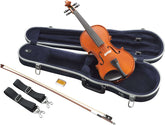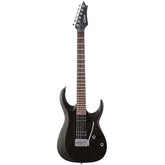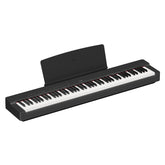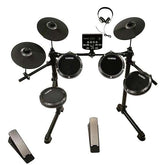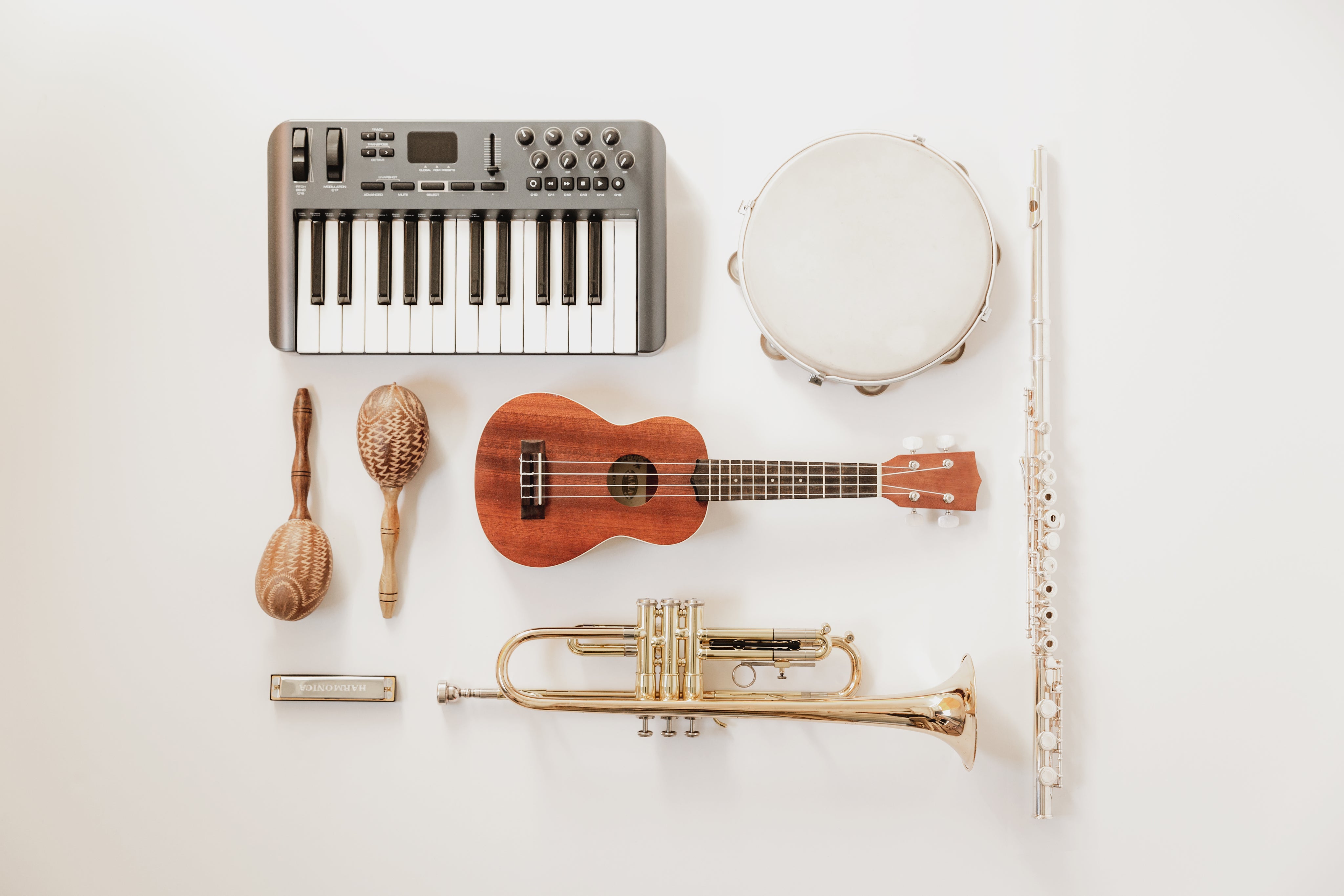Wish You A Happy New Year 🎺 New Music Deals 2026
Wish You A Happy New Year 🎺 New Music Deals 2026
Wish You A Happy New Year 🎺 New Music Deals 2026
Wish You A Happy New Year 🎺 New Music Deals 2026
Wish You A Happy New Year 🎺 New Music Deals 2026
Wish You A Happy New Year 🎺 New Music Deals 2026
Wish You A Happy New Year 🎺 New Music Deals 2026
Wish You A Happy New Year 🎺 New Music Deals 2026
Wish You A Happy New Year 🎺 New Music Deals 2026
Wish You A Happy New Year 🎺 New Music Deals 2026
Wish You A Happy New Year 🎺 New Music Deals 2026
Wish You A Happy New Year 🎺 New Music Deals 2026
Popular Products
Vendor:Yamaha
YAMAHA VIOLIN - ACOUSTIC - V3SKA - WITH BOX - BOW SET.
YAMAHA VIOLIN V3SKA [video width="1920" height="1080" mp4="#"][/video] Superior durability Woods are thoroughly dried under environmentally controlled conditions to increase durability and create an instrument that even children can use reliably. High quality fittings Chin rest, pegs and finger board are all made from ebony...
- Rs. 26,990.00
Rs. 29,990.00- Rs. 26,990.00
Save Rs. 3,000.00- (-10%)
- Unit price
- / per
Vendor:Cort
Cort Electric Guitar X100 OPBK - Taal Musicals
The Cort Electric Guitar X100 OPBK offers incredible sound and playability. With a high-quality build, it’s designed to suit musicians of all levels. The solid body construction ensures durability, while the beautiful open-pore black finish adds a modern, sleek touch. This guitar’s versatile tone...
- Rs. 15,120.00
Rs. 16,632.00- Rs. 15,120.00
Save Rs. 1,512.00- (-9%)
- Unit price
- / per
Vendor:Yamaha
Yamaha P‑225B Digital Piano – Compact 88‑Key with CFX Grand Sound - Taal Musicals
The Yamaha P225B 88-Key Digital Piano offers an exceptional playing experience. With 88 fully weighted keys, it closely replicates the feel of an acoustic piano. This feature allows musicians to express themselves with precision and authenticity. Ideal for both beginners and professionals, the P225B provides...
- Rs. 59,999.00
Rs. 66,990.00- Rs. 59,999.00
Save Rs. 6,991.00- (-10%)
- Unit price
- / per
Vendor:kadence
DIGITAL DRUMS – Kadence 7-Piece Electronic Drum Kit - Taal Musicals.
The Kadence 7 Piece Electronic Black Drum Set offers excellent sound. Perfect for drummers of all levels, it delivers superior performance. Featuring seven pieces, this drum set includes everything you need. Moreover, the set comes with high-quality drum pads, ensuring responsive playability for an...
- Rs. 20,999.00
Rs. 39,999.00- Rs. 20,999.00
Save Rs. 19,000.00- (-48%)
- Unit price
- / per
Popular Products
YAMAHA VIOLIN - ACOUSTIC - V3SKA - WITH BOX - BOW SET.
- Rs. 26,990.00
Rs. 29,990.00- Rs. 26,990.00
- (-10%)
- Unit price
- / per
Cort Electric Guitar X100 OPBK - Taal Musicals
- Rs. 15,120.00
Rs. 16,632.00- Rs. 15,120.00
- (-9%)
- Unit price
- / per
Yamaha P‑225B Digital Piano – Compact 88‑Key with CFX Grand Sound - Taal Musicals
- Rs. 59,999.00
Rs. 66,990.00- Rs. 59,999.00
- (-10%)
- Unit price
- / per
DIGITAL DRUMS – Kadence 7-Piece Electronic Drum Kit - Taal Musicals.
- Rs. 20,999.00
Rs. 39,999.00- Rs. 20,999.00
- (-48%)
- Unit price
- / per
Popular Products
YAMAHA VIOLIN - ACOUSTIC - V3SKA - WITH BOX - BOW SET.
- Rs. 26,990.00
Rs. 29,990.00- Rs. 26,990.00
- (-10%)
- Unit price
- / per
Cort Electric Guitar X100 OPBK - Taal Musicals
- Rs. 15,120.00
Rs. 16,632.00- Rs. 15,120.00
- (-9%)
- Unit price
- / per
Yamaha P‑225B Digital Piano – Compact 88‑Key with CFX Grand Sound - Taal Musicals
- Rs. 59,999.00
Rs. 66,990.00- Rs. 59,999.00
- (-10%)
- Unit price
- / per
DIGITAL DRUMS – Kadence 7-Piece Electronic Drum Kit - Taal Musicals.
- Rs. 20,999.00
Rs. 39,999.00- Rs. 20,999.00
- (-48%)
- Unit price
- / per
-
 Home
Home -
 Accessories
Accessories
-
 Shop By Category
Shop By Category
- Shop By Category
- All collections
- Accesories
- Acoustic & Semi Acoustic Guitars
- Beginners Guitars
- Electric Guitars
- Classical guitars
- Bass Guitars
- Violins
- Electric Violin
- Beginner Keyboards
- Portable keyboards
- Arranger Keyboards
- Synthesizer Keyboards
- Digital Pianos
- Acoustic drum kits
- Octopads
- Sampler & Percussion Pads
- Electronic Drum kit
- Audio Interface & Mixers
- Midi Controllers
- Guitar Effects Pedals & Processors
- Headphones
- Microphones
- Studio Monitors
- Pedals
- Speakers & Amplifiers
- Cajon Boxes
- Shruthi Boxes
- Indian Traditional Instruments
- Ukuleles
- Wind Instruments
- keyboard & Guitar bag
- Music Learning Books
- Keyboard Accesories
- Guitar Accesories
- Violin Acessories
- Percussion
![]()
-
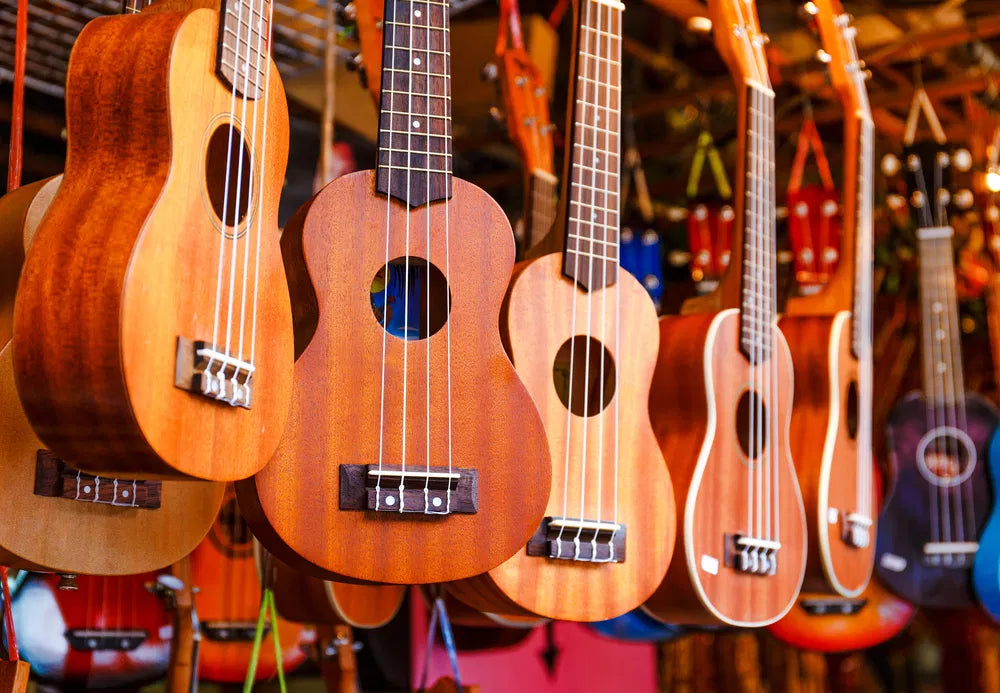 Taal Top Picks
Taal Top Picks
- Taal Top Picks
- Top Selling
- Premium Gear
![]()
-
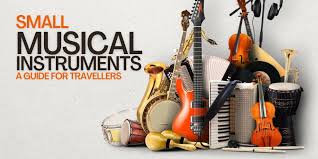 Music Gear For Beginners
Music Gear For Beginners
- Music Gear For Beginners
- Beginner Keyboards
- Beginner Guitars
- Music Learning Books
- Ukuleles
- Wind Instruments
- Cajon Boxes
-
 Gear For Music Studio
Gear For Music Studio
-
 Why Shop In Taal Musicals
Why Shop In Taal Musicals -
 Contact Us
Contact Us -
 About Us
About Us
- About Us
-
About

⏳ Hurry! Year End Sale Ends Soon ⏳
UPTO 70% OFF
⏳ Hurry! Year End Sale Ends Soon ⏳
UPTO 70% OFF
⏳ Hurry! Year End Sale Ends Soon ⏳
UPTO 70% OFF
⏳ Hurry! Year End Sale Ends Soon ⏳
UPTO 70% OFF
⏳ Hurry! Year End Sale Ends Soon ⏳
UPTO 70% OFF
⏳ Hurry! Year End Sale Ends Soon ⏳
UPTO 70% OFF
- Rs. 41,250.00
Rs. 47,500.00- Rs. 41,250.00
- (-13%)
- Unit price
- / per
- Rs. 21,990.00
Rs. 30,990.00- Rs. 21,990.00
- (-29%)
- Unit price
- / per
- Rs. 28,190.00
Rs. 33,990.00- Rs. 28,190.00
- (-17%)
- Unit price
- / per
- Rs. 24,440.00
Rs. 30,990.00- Rs. 24,440.00
- (-21%)
- Unit price
- / per
- Rs. 21,490.00
Rs. 33,600.00- Rs. 21,490.00
- (-36%)
- Unit price
- / per
- Rs. 23,999.00
Rs. 24,378.00- Rs. 23,999.00
- (-2%)
- Unit price
- / per
- Rs. 31,990.00
Rs. 35,700.00- Rs. 31,990.00
- (-10%)
- Unit price
- / per
- Rs. 445,499.00
Rs. 519,694.00- Rs. 445,499.00
- (-14%)
- Unit price
- / per
- Rs. 59,599.00
Rs. 75,000.00- Rs. 59,599.00
- (-21%)
- Unit price
- / per
- Rs. 113,060.00
Rs. 141,325.00- Rs. 113,060.00
- (-20%)
- Unit price
- / per
- Rs. 28,999.00
Rs. 32,995.00- Rs. 28,999.00
- (-12%)
- Unit price
- / per
- Rs. 39,900.00
Rs. 65,000.00- Rs. 39,900.00
- (-39%)
- Unit price
- / per
- Rs. 5,650.00
Rs. 5,995.00- Rs. 5,650.00
- (-6%)
- Unit price
- / per
- Rs. 23,499.00
Rs. 26,490.00- Rs. 23,499.00
- (-11%)
- Unit price
- / per
- Rs. 6,525.00
Rs. 7,195.00- Rs. 6,525.00
- (-9%)
- Unit price
- / per
- Rs. 8,299.00
Rs. 8,990.00- Rs. 8,299.00
- (-8%)
- Unit price
- / per
- Rs. 20,799.00
Rs. 23,490.00- Rs. 20,799.00
- (-11%)
- Unit price
- / per
- Rs. 13,799.00
Rs. 15,291.00- Rs. 13,799.00
- (-10%)
- Unit price
- / per
- Rs. 8,499.00
Rs. 8,995.00- Rs. 8,499.00
- (-6%)
- Unit price
- / per
- Rs. 9,999.00
Rs. 10,995.00- Rs. 9,999.00
- (-9%)
- Unit price
- / per
- Rs. 36,499.00
Rs. 39,990.00- Rs. 36,499.00
- (-9%)
- Unit price
- / per
- Rs. 4,850.00
Rs. 6,800.00- Rs. 4,850.00
- (-29%)
- Unit price
- / per
- Rs. 7,799.00
Rs. 8,900.00- Rs. 7,799.00
- (-12%)
- Unit price
- / per
- Rs. 7,490.00
Rs. 8,900.00- Rs. 7,490.00
- (-16%)
- Unit price
- / per
Featured Products
- Rs. 26,990.00
Rs. 29,990.00- Rs. 26,990.00
- (-10%)
- Unit price
- / per
- Rs. 15,120.00
Rs. 16,632.00- Rs. 15,120.00
- (-9%)
- Unit price
- / per
- Rs. 59,999.00
Rs. 66,990.00- Rs. 59,999.00
- (-10%)
- Unit price
- / per
- Rs. 20,999.00
Rs. 39,999.00- Rs. 20,999.00
- (-48%)
- Unit price
- / per
- Rs. 23,499.00
Rs. 26,490.00- Rs. 23,499.00
- (-11%)
- Unit price
- / per
- Rs. 69,750.00
Rs. 85,600.00- Rs. 69,750.00
- (-19%)
- Unit price
- / per
What Our Customers Say...
I recently purchased the Yamaha PSR-SX920 from Taal Musical Palace, and I couldn’t be happier with the entire experience! A dream for many years
From the very first inquiry until the safe delivery of the keyboard, their customer service was excellent — polite, prompt, and genuinely helpful. They guided me patiently, cleared all my doubts, and ensured everything was done smoothly.
The Keyboard PSR-SX920 arrived in perfect condition, except the package was open by customs I guess but keyboard was safe and securely packed, and exactly as promised. It’s a dream instrument — rich sounds, user-friendly features, and ideal for both stage and studio.
What really stood out was their honesty and professionalism. This was my first experience in placing order from a state where I don't belong and also no one In know inshort an age where it’s hard to trust online purchases, Taal Musical Palace made the my experience trustworthy. But the only drawback was the shipping the only area where I got stressed but initially Taal music support was there till it reached us ensuring the product is free of damage.
Highly recommended for anyone looking for genuine musical instruments at competitive prices with top-notch service. A big thank you to the team at Taal Musical Palace — you’ve gained a loyal customer!
Genuine and Credible seller of Musical Instruments. I purchased an Octapad MSP-20 PRO from their website. I have recieved it safely and in good condition.
Their prices are great in many items. Their services are good. Owner is also very good man.
At first I was skeptical about their genuinity. But now I am assured that these are genuine people with good business deals. I recommend Taal Musicals for all Church instruments and accessories.
You can buy anything online from them without worry.
I hope that they continue to provide this good service and work in the interest of the customers in future as well. So that both can be mutually benefitted from it. Thank You
A Truly Harmonious Experience with Taal Musicals, Vijayawada! 🎶
I recently had the pleasure of purchasing a Casio CTK 2550 – 61 Keys Keyboard from Taal Musicals, and I must say, the entire experience was nothing short of exceptional.
From the moment I connected with the store, their team demonstrated true professionalism and passion for music. They guided me through the features of the keyboard and helped me make the perfect choice for my needs.What really stood out was their lightning-fast delivery service. My keyboard was shipped from Vijayawada to Kanigiri via APSRTC Logistics, and to my surprise, it reached me in just under 18 hours – safe, secure, and in perfect condition!
The packaging was excellent, the product was brand new and genuine, and the after-sales support has been fantastic. It’s rare to find a store that combines such musical expertise, customer care, and efficient logistics all under one roof.
Whether you're a beginner or a seasoned musician, I highly recommend Taal Musicals for all your musical instrument needs. They don’t just sell instruments – they deliver rhythm and joy, right to your doorstep. 🎹✨
- Choosing a selection results in a full page refresh.

